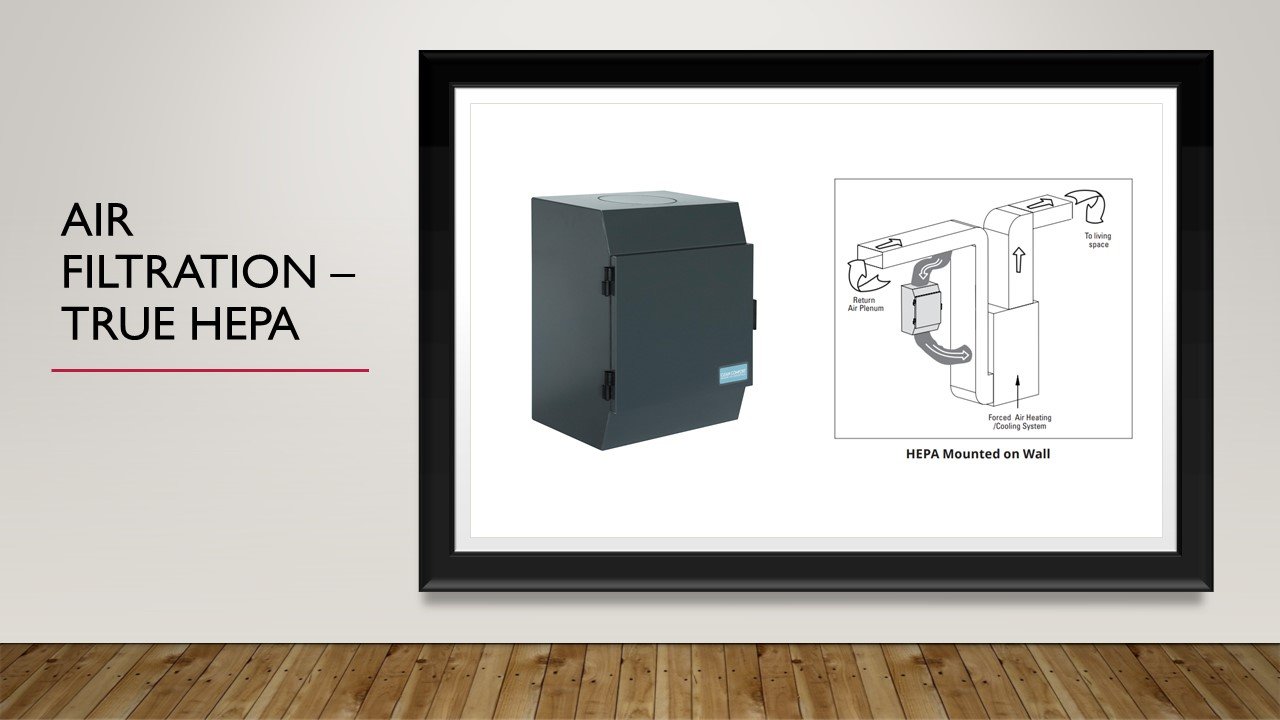Get Tech Tips
Subscribe to free tech tips.
How to Determine the Friction Rate for Residential Duct Design
This article is written by one of the smartest guys I know online, Neil Comparetto. Thanks, Neil!
Recently, I posted a question in the HVAC School Group on Facebook that went like this: “When designing a residential duct system, what friction rate do you use?” As of writing this, only one answer was correct according to ACCA's Manual D.

I feel there is some confusion on what friction rate is and what friction rate to use with a duct calculator. Hopefully, you will have a better understanding after reading this tech tip.
So, what is friction rate?
Friction rate (FR) is the pressure drop between two points in a duct system separated by a specific distance. Duct calculators use 100′ as a reference distance. So, if you were to set the friction rate at .1″ on your duct calculator for a specific CFM, the duct calculator will give you choices on what size of duct to use. Expect a pressure drop of .1″ w.c. over 100′ of straight duct at that CFM and duct size/type.
Determining the Friction Rate
First, you need to know the external static pressure (ESP) rating for the selected air handling equipment. (External static pressure means external to that piece of equipment. For an air handler, everything that came in the box is accounted for, including the coil and typically the throwaway filter. For a furnace, the indoor coil is external and counts against the available static pressure.)
Next, you have to subtract the pressure losses (CPL) of the air-side components (coil, filter, supply and return registers/grilles, balancing dampers, etc.). Now, you will have the remaining available static pressure (ASP). ASP = (ESP – CPL)
Now, it's time to calculate the total effective length (TEL) of the duct system. In Manual D, each type of duct fitting has been assigned an equivalent length value in feet. This is done with an equation converting pressure drop across the fitting to length in feet (there is a reference velocity and a reference friction rate in the equation). Add up both the supply and return duct system in feet. It is important to note that this is not a sum of the whole distribution system. The most restrictive run, from the air handling apparatus to the boot, is used. Supply TEL + Return TEL = TEL
The formula for calculating the friction rate is FR= (ASP x 100) / TEL
This formula will give you the friction rate to size the ducts for this specific duct system. If you test static pressure, undersized duct systems are very common, almost expected. This is because a “rule of thumb” was used when designing the ducts.
This is just an introduction to the duct design process. I encourage you to familiarize yourself with ACCA's Manual D and go build a great system!
—Neil Comparetto












Comments
I work with this guy and have known him for easily 22 yrs .very good article my man and i apprciate all the material u provide us for continuing to advance our educations …..signed ur favorite service tech lol!
I work with this guy and have known him for easily 22 yrs .very good article my man and i apprciate all the material u provide us for continuing to advance our educations …..signed ur favorite service tech lol!
Good basic information. Main point is you simply can not “Pick” a Friction Rate to design a duct system or redesign it. Some manufacturers provide detailed information, PD for wet coils, different size electric heaters, actual in cabinet filter,etc.. These can make minor differences.
Good basic information. Main point is you simply can not “Pick” a Friction Rate to design a duct system or redesign it. Some manufacturers provide detailed information, PD for wet coils, different size electric heaters, actual in cabinet filter,etc.. These can make minor differences.
I have enjoyed your website for a year now. What a treasure trove of information. Thank you.
Do you have equivalent length for round diverging wye fittings? It seems like those are left out of every EL chart I have ever seen, maybe because there are too many options? What do you do when you don’t have an equivalent length for a fitting?
I have enjoyed your website for a year now. What a treasure trove of information. Thank you.
Do you have equivalent length for round diverging wye fittings? It seems like those are left out of every EL chart I have ever seen, maybe because there are too many options? What do you do when you don’t have an equivalent length for a fitting?
Hi Joe, the TEL for Wyes can be found in Manual D Appendix 3, group 9 fittings. It’s page 166. The TEL is 25 ft for the branch and 5 ft for the main run on the wye. Hope that helps!
Hi Joe, the TEL for Wyes can be found in Manual D Appendix 3, group 9 fittings. It’s page 166. The TEL is 25 ft for the branch and 5 ft for the main run on the wye. Hope that helps!
Hi Joe, the TEL for Wyes can be found in Manual D Appendix 3, group 9 fittings. It’s page 166. The TEL is 25 ft for the branch and 5 ft for the main run on the wye. Hope that helps!
Hi Joe, the TEL for Wyes can be found in Manual D Appendix 3, group 9 fittings. It’s page 166. The TEL is 25 ft for the branch and 5 ft for the main run on the wye. Hope that helps!
To leave a comment, you need to log in.
Log In